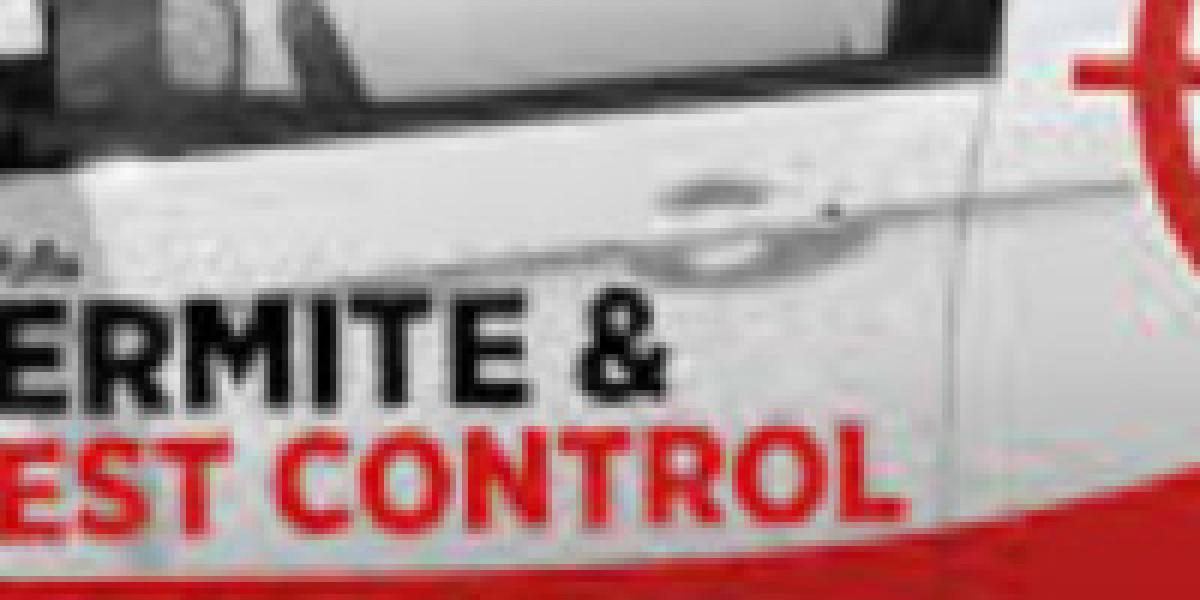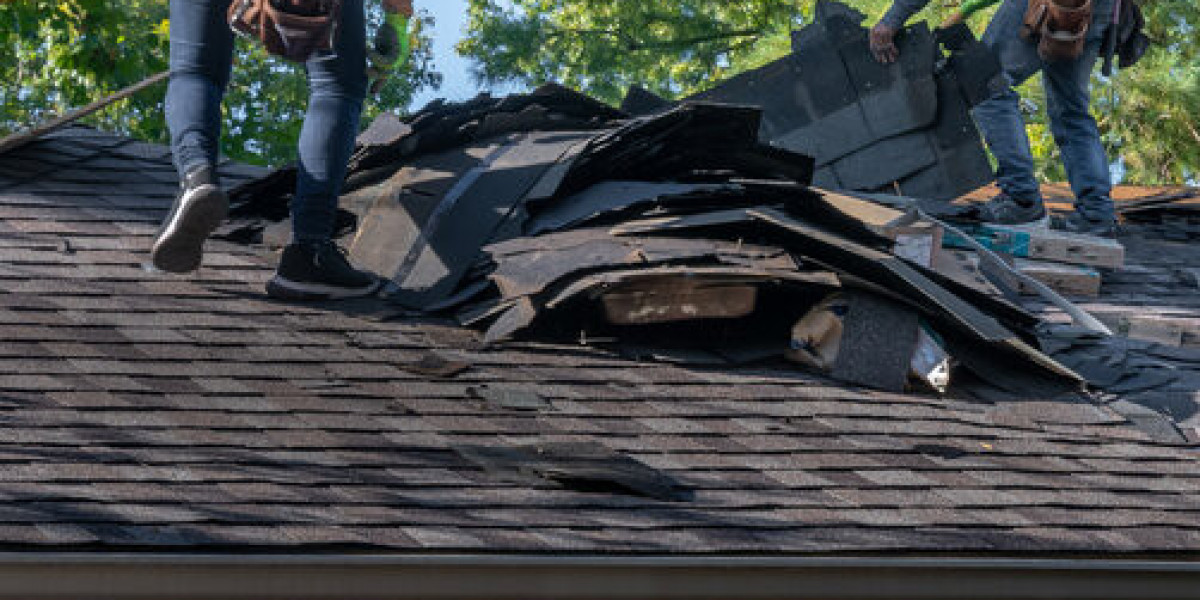Flying termites, also known as alates, are a common sign that a termite colony is mature and ready to reproduce. These winged insects are often seen during warm, humid months as they leave their colonies in swarms to start new nests. While flying termites are not directly harmful to humans — they do not bite or transmit diseases — their presence can indicate serious structural risks to your property.
Why Flying Termites Appear
Flying termites emerge when environmental conditions are ideal for reproduction. Swarming usually occurs in spring or early summer after rain, when humidity is high. The purpose of this swarm is to mate and establish new colonies. Observing these winged insects around your home often means there is a mature colony nearby, and action is needed to prevent property damage.
The Risks Associated with Flying Termites
Although flying termites themselves are not dangerous to humans, they are a warning sign of potential damage:
Structural Damage – Termites feed on wood, and a mature colony can compromise the structural integrity of walls, beams, and flooring. If left untreated, this damage can be extensive and costly to repair.
Property Devaluation – Termite damage reduces the market value of homes and buildings, making inspections critical for sellers or buyers.
Infestation Spread – Swarming termites can establish new colonies nearby, increasing the risk of future infestations in your home or neighboring properties.
Identifying Flying Termites
Flying termites can be confused with flying ants, but there are key differences:
Termites have straight, uniform antennae, while ants have elbowed antennae.
Termite wings are equal in length, whereas ant wings differ in size.
Termite bodies are broad and straight, while ants have a pinched waist.
Recognizing these signs early can help homeowners take prompt action before significant damage occurs.
What to Do if You See Flying Termites
If you notice flying termites in or around your home:
Avoid Disturbing Them – Swatting or disturbing swarms can scatter termites, making infestations harder to detect.
Inspect Your Property – Look for signs of mud tubes, damaged wood, or discarded wings near windows and doors.
Contact a Professional – Licensed pest control specialists can assess the situation, locate colonies, and implement effective termite treatments to protect your home.
Preventive Measures
Preventing termite infestations requires regular maintenance and vigilance:
Reduce moisture around foundations and repair leaks promptly.
Store firewood and mulch away from the house.
Seal cracks in foundations and exterior walls.
Schedule routine professional inspections, especially if your home has a history of termite problems.
Conclusion
Flying termites themselves are not directly dangerous to humans, but they are are flying termites dangerous damage. Early detection and professional termite control are crucial to protecting your home from structural harm. By understanding the signs, acting quickly, and taking preventive measures, homeowners can safeguard their property against these silent destroyers and maintain a secure, pest-free environment.
If you want, I can also create a shorter 300-word version specifically for quick online reading or SEO purposes. Do you want me to do that?








